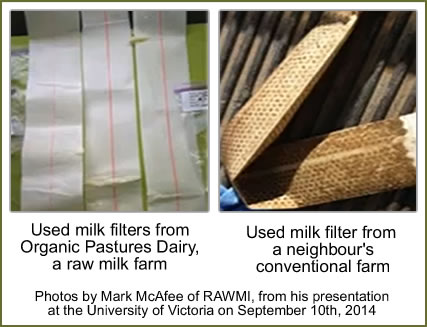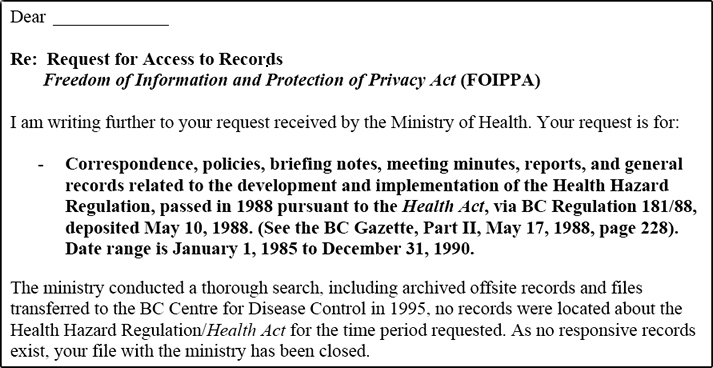In British Columbia, there are laws which effectively ban the distribution of unpasteurized milk, based on the presumption that it is a health hazard. In a law unique to BC, milk which has not been pasteurized is classified as a health hazard under section 2(a) of the Health Hazards Regulation (the only food for human consumption to be classified as such). The BC Centre for Disease Control states, “There is a good reason why raw milk (unpasteurized milk) is not permitted for sale in Canada – it is not safe to drink” and “Raw milk is unsanitary and may contain feces, urine, and other environmental contaminants from the source animal and its environment. Heat treatment of milk (pasteurization) kills most bacteria in milk.”
But, should these statements be accepted without question? Or, is it perhaps time to review them?
As for the latter statement, pasteurization does not remove these contaminants if a dairy has allowed them to enter the milk. And artisan micro-dairies producing farm-fresh, unprocessed milk will never allow any of these to enter the milk to begin with. The following photos of used milk filters – clean and white vs. brown and dirty – show that “pasteurized” does not necessarily mean “clean,” any more than “raw” automatically means “unclean”:

We must also ask the question when hearing about a raw milk-related illness: Was the illness truly caused by farm-fresh, unprocessed milk produced via appropriate methods? Or was it caused by milk produced by methods intended for further commercial pasteurization and processing?
Other countries around the world have shown that farm-fresh milk can be safely produced. One example is Germany, where two types of this product are freely available: milk sold directly from the farm and certified Vorzugsmilch (see “The German System” (PDF) for more information). Farm-fresh milk is also sold throughout England – Hook and Son is one such farm. And in France and Italy, farmers are known for providing fresh milk in convenient vending machines.
We know from recent international QRMA studies that unpasteurized milk can be a very low risk food (see pages 26-30 of the presentation “Unpasteurized Milk: Myths and Evidence” given at the BCCDC by Nadine Ijaz). But despite emerging science showing that not all bacteria are harmful and that many are actually beneficial and necessary for our health and survival (e.g. gut microbiota) — in order to legalize farm-fresh, unprocessed milk in BC, it is first necessary to prove to government that raw milk can be produced with low bacteria counts. We must prove via testing that it is “low risk.” And agisters around the province are providing this proof in their test results. To show an example, here are the bacteria counts per ml. that pasteurized milk on grocery store shelves must meet:

Compare with the test results which BCHA-trained agisters are achieving:

Despite these excellent test results, if regional Health Authorities were to discover the location of these three herdshares, the agisters would immediately receive cease-and-desist orders. No matter how clean it is, farm-fresh, unprocessed milk is classified as a health hazard under clause 2(a) of the Health Hazards Regulation; causing a health hazard is an offence under clause 15 of the Public Health Act; and under clauses 99(3)(a) and 108(1)(c) of the Act, an offender “is liable on conviction to a fine not exceeding $3,000,000 or to imprisonment for a term not exceeding 36 months, or to both.”
We believe that it is time to open the conversation again regarding the Health Hazards Regulation, in particular Clause 2(a). Originally signed into law by then-Minister of Health Peter Dueck in 1988, a Freedom of Information Request shows that there was no public consultation, reports, studies, or any other documentation on file to provide evidence supporting the passage of this law:

The hundreds of dairy farmers supplying farm-fresh, unprocessed milk to their local communities were not consulted in 1988. The thousands of consumers of these health-building foods were not consulted in 1988. Twenty-six years later, we feel that it is time for that dialogue to begin, and BCHA is reaching out to begin this dialogue, to advocate for the interests of the herdshare community of British Columbia which created this organization, and to build bridges of understanding and cooperation with those who can change the laws and the policies. It will be a long road ahead of us, but our community has been here since fresh-milk dairy farmers settled here as pioneers, and we are not going away.